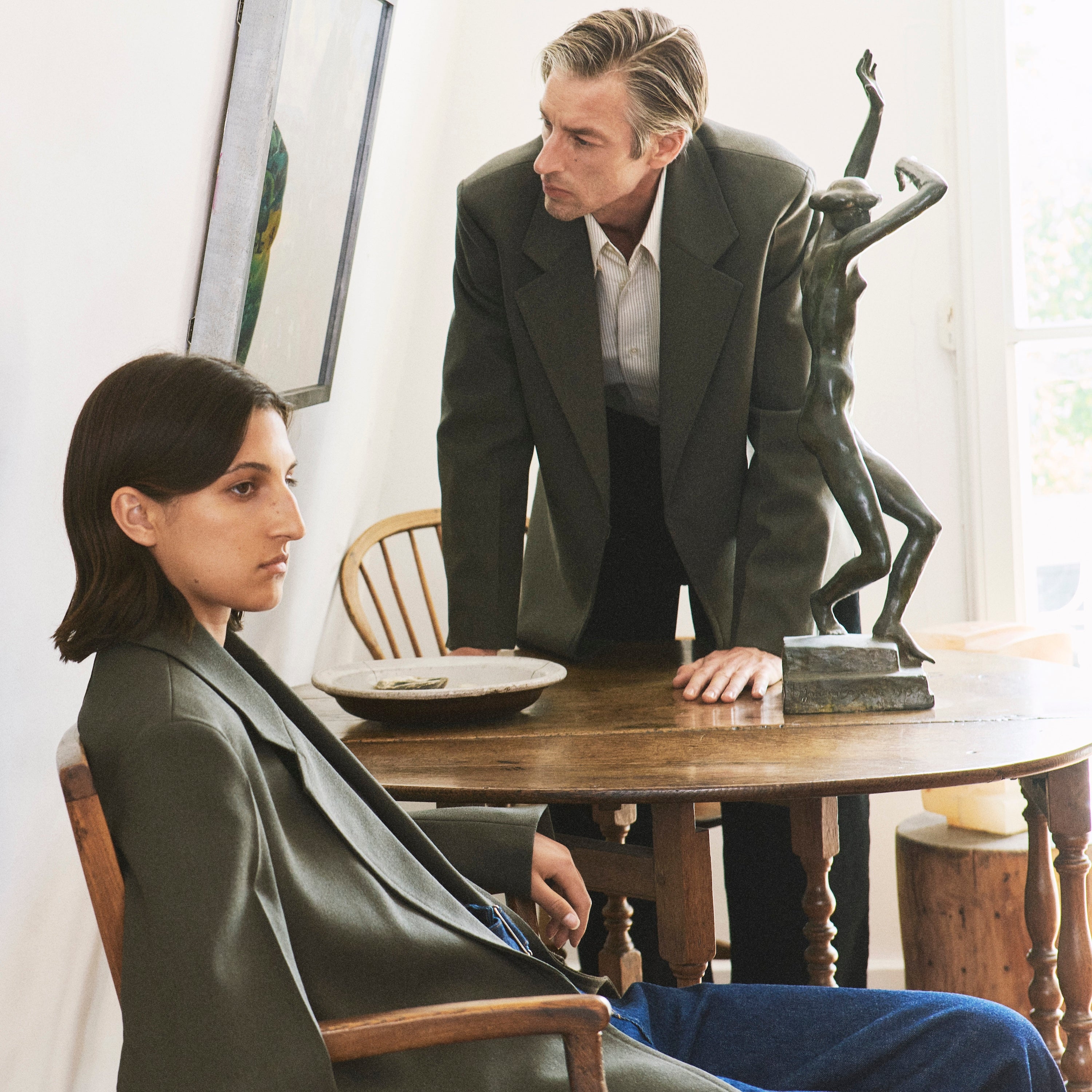







Through the lens of his signature Rolleiflex camera, Malian photographer Malick Sidibé took the portrait of an Africa the wider world had never seen. It was joyous, proud and assuredly cool.
Of all the photographers I discovered during my chaotic but formative years at art school, none ever meant quite as much to me as Malick Sidibé. Perhaps it was the clothes. Despite being a continent apart, the bell-bottoms, oversized collars and pork pie hats his young subjects wear echoed the precious snaps I have of my whippet thin Caribbean parents and their friends at west London house parties in the 1970s. It could also be the kindness of his gaze. Immortalised in flattering black and white, every portrait feels eternal: dignified, poised, sometimes wildly glamorous. But since revisiting Sidibé’s work through the recent flurry of retrospectives and publications of his vast archive, for me, its overwhelming power is political.
His photographs only started to appear in the West in the early 1990s via a handful of influential French fans, but Malick Sidibé had been documenting youth culture and style in Mali since the 1950s. At a time when the world’s view of Africa was almost entirely skewed towards poverty, famine and conflict, here was a body of work that celebrated the region’s cultural sophistication and beauty. It was retro, definitely a little kitsch. But the young music fans clutching their oversized stereos, stylish couples dancing in Bamako’s nightclubs and peacock fashion looks spoke of a new Africa: post-colonial and determinedly hopeful. As he once said, “It's a world, someone's face. When I capture it, I see the future of the world. I believe with my heart and soul in the power of the image.”
Born in rural Mali in the 1930s, Sidibé’s early drawing talent won him a place at Bamako’s École des Artisans Soudanais where he met French society photographer Gérard Guillat in 1952. Later becoming Guillat’s studio apprentice, he spent his days observing and learning photographic techniques before venturing out in the evenings to the city’s nightclubs with his cheap Brownie camera. There he shot energetic scenes of the local nightlife, sometimes hopping to four or more parties in search of the city’s best dressed dancers. As he recalled in later life, “I loved the music and the atmosphere, but above all I loved the dancers. The moments when young people dance and play as though the stars belong to them — that’s what I loved the most.”
By 1958 he opened his own Studio Malick and was soon affectionately known as ‘the Eye of Bamako’ thanks to his artful portraits of local people. “Often it was like a party. People would drop by, stay, eat. They'd pose on their Vespas, show off their new hats and trousers and jewels and sunglasses. Looking beautiful was everything.” he explained. Able to put his subjects at ease with his innate charm, (“You need to be friendly, sympathique…”) he would go on to work in the studio for over 50 years, producing thousands of striking photographs that he compiled in an immaculate archive.
As he was being rediscovered, the growing monetary value of his work meant little to Sidibé — he was known for giving away prints and negatives to adoring strangers — but he thrived on his belated recognition. Widely exhibited, he was revered for his contribution to global culture and the art of photography, even winning the Golden Lion for Lifetime Achievement at the 2007 Venice Biennale — the first photographer, and the first African, to do so. As the Biennale’s Artistic Director Robert Storr said at the time, “No African artist has done more to enhance photography's stature in the region, contribute to its history, enrich its image archive or increase our awareness of the textures and transformations of African culture in the second half of the 20th century and the beginning of the 21st, than Malick Sidibé”. I’m inclined to agree.
Natalya Frederick

